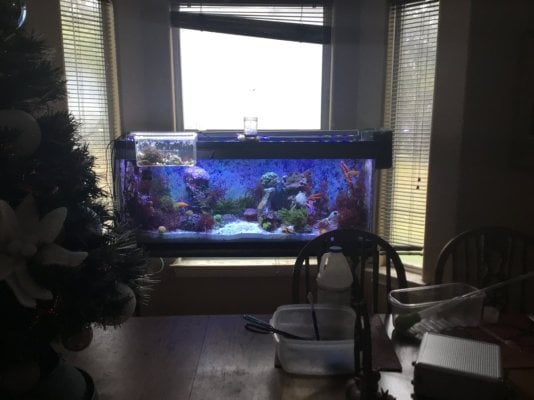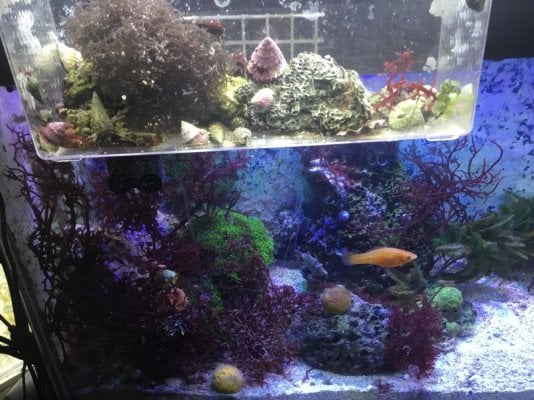I would really like it if nobody ever mentioned old tank syndrome ever again. The term is ambiguous and it does not apply. When people cannot figure something out, they just go to "old tank."
The original old tank syndrome, to me, was when people thought that their tanks and 3 or 4 years would start to leach phosphates from out of nowhere. One of the sayings was that sand beds were phosphate factories - like they can manufacturer po4 out of nowhere. Of course, this is just their misunderstanding, but it was one of the first internet reef tank misconceptions. Of course, it was that they did not understand that the aragonite was masking their lack of phosphate mantenace for a long time... and maybe that they did not understand the difference between binding/unbinding vs absorb/leach.
Also, getting old is undefeated. You cannot just simply change a thing (like add carbon) and fix an issue with being old. Most issues with old things are chronic.
Most of these issues likely should be just called what they are. For example, if Abe thinks that his tank was carbon deficient, then just call it that. It was not because the tank was old.
@jda
I might be sensitive about my age, which sparked my initial comments. For that, I apologize to you.
Nevertheless, I am fatigued with some of the instant gratification mindset of too many American Reefers that use short term vision and I asked a knowledgeable friend from Sweden to join this conversation to bring other points of view. @Lasse & I had similar starting out careers as: Municipal Waste Water Superintendents. He really knows how to stir IT UP.
AGAIN, I apologize for blunt/harsh words. Not to make excuses for impoliteness, my Zen has been challenged and I faltered:
two weeks ago, I experienced a heart attack that resulted in three stents placed in my heart on December 6 at 4pm. I walked out of the hospital on December 7 at 11am. I have had 14 days to think about my mortality and at times, the process is difficult.
So as to change the mood, I should add that a favorite short book is written by humorist Erma Bombeck, “If Life is a Bowl of Cherries, Why am I Always in the Pits”
Last edited:
























